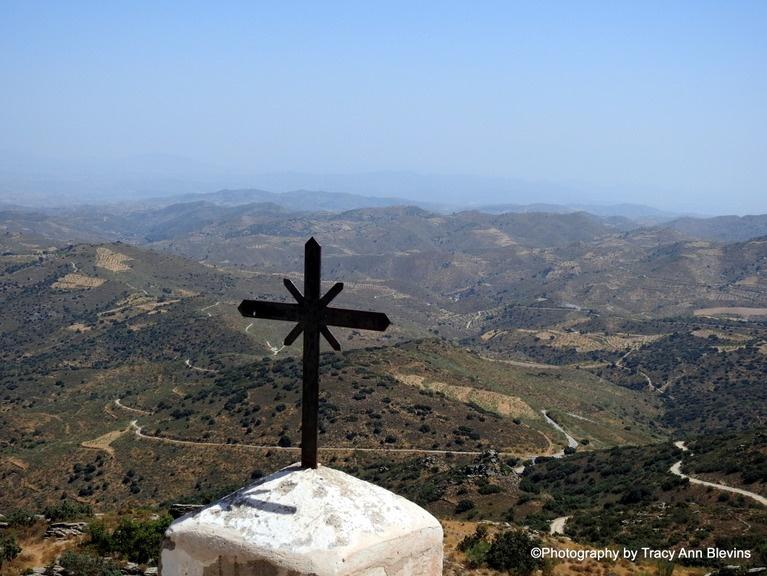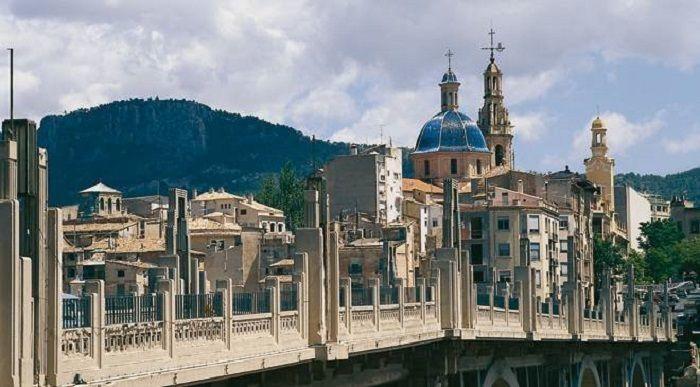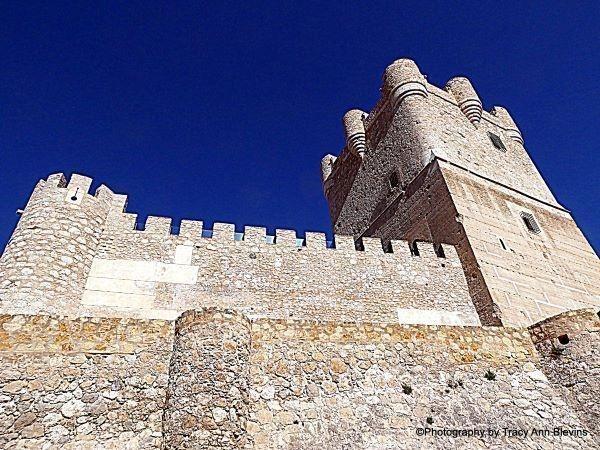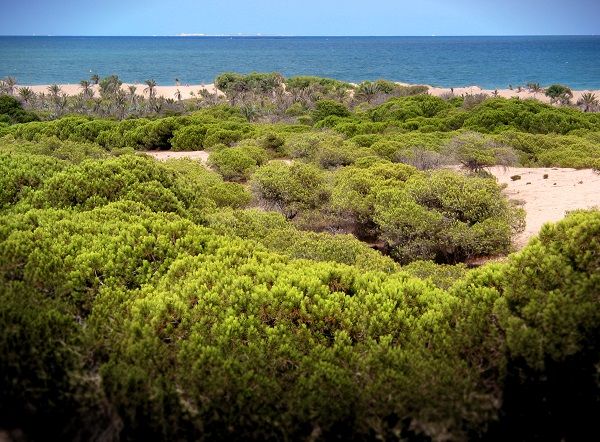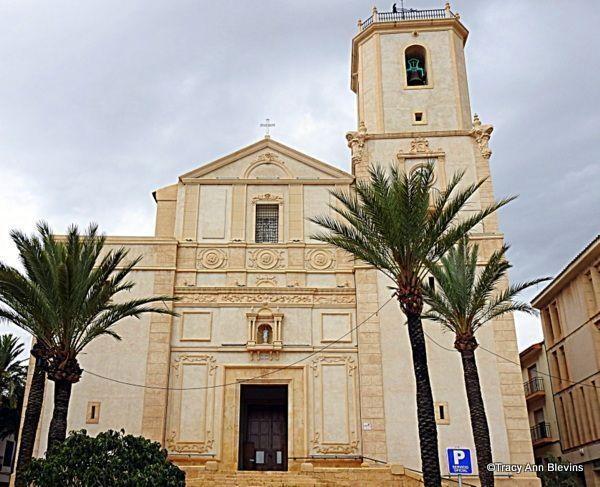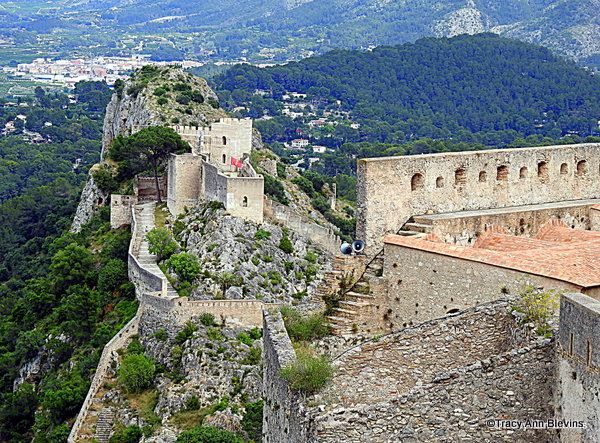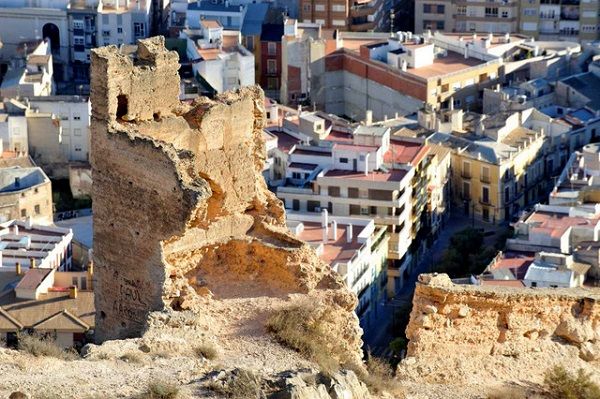The famous Lo Pagan mud baths known as Las Charcas de las Salinas or Baños de lodo (mud baths), are situated just past, San Pedro del Pinatar, on the North bank of the Mar Menor (Small Sea) in the province of Murcia.
These therapeutic mud baths are located in the natural saltwater lagoons of the Salinas y Arenales de San Pedro del Pinatar Regional Park (a protected wetland known for its rich biodiversity and large bird population). These lagoons are known for their high salt and mineral content, which contributes to the healing properties of the mud.
Beginning at the small beach and old windmill, the mud baths stretch along the Punta del Algas headland. The mud baths themselves are separated from the rest of the Mar Menor by a small, paved strip of land and can be accessed from special wooden stations positioned along the water.
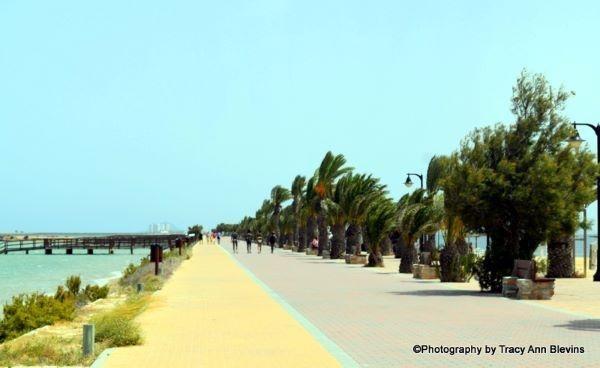
The mud in these lagoons is rich in minerals like magnesium, calcium, and potassium, among others. These minerals are believed to have various benefits for the skin and body.
Many people visit the Lo Pagan mud baths to enjoy the natural exfoliating and detoxifying effects of the mud, as well as its potential to alleviate certain skin conditions and joint problems such as arthritis as the deep heat helps, they are also good for people with a lot of stress as the warmth takes the stress of your body.
For those suffering from skin conditions such as eczema the mud is very good. Although be careful of the graininess of the mud.
In the past the mud Baths were known as a fountain of youth as when the mud is drying the skin stretches and hereby reduces wrinkles.
The best time to visit - Lo Pagan, enjoys a Mediterranean climate characterised by hot summers and mild winters. The best time to visit Las Charcas de las Salinas is during the spring (April to June) and autumn (September to October) seasons when the weather is pleasant and temperatures are not extremely high. During these times, you can comfortably enjoy the mud baths and explore the surrounding area without the peak summer crowds. It is even possible to visit the Mud baths in the Winter as only the surface water can be a little bit cold and the mud will still be quite warm.
Lo Pagan Mud Baths
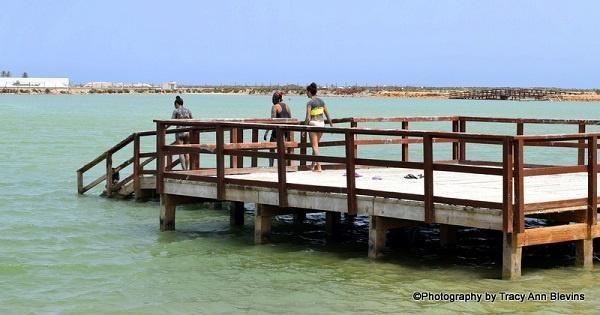
Finding and applying the mud
Walk along the promenade and select one of many wooden platforms/jetties to enter the “mud” You can enter directly from the shore, don’t be disappointed if you don’t feel any mud straight away, just walk a little bit further and you will find lots of mud and heat zones. The mud is warm, very warm making the water itself feel cool.
Tip - Bring a plastic container or a child's bucket and spade. so you can scoop the mud for application and a sponge to help remove it.
It is recommended that you do a patch test first, place a small amount of mud on a small area of skin, allow it to dry and wash it off, if you have no skin reactions you can then use your container to scoop up the mud and cover yourself in it, then sit or do the mud walk for 20 - 30 minutes until the mud is dry.
Tip - Make sure one person in your party keeps their hands mud free, so you can take loads of photos.
Warnings - The water doesn’t really smell, but the mud itself has quite a distinct sulfur, rotten egg smell, which you will soon get used to.
Your bathing suits will get quite black, so do not wear your best swim wear and use old towels.
Local legend dictates that the best way to maximize the benefits of the mud is to walk three kilometers to the Molino de la Calcetera Lighthouse, most choose to lounge by the lagoon and enjoy the views before washing off.
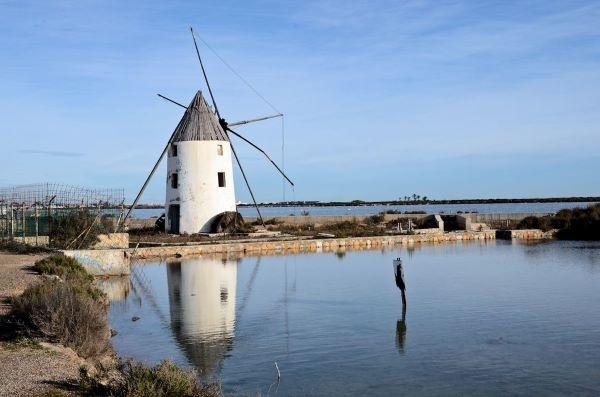
The rinsing - Go back into the water, and really wipe and scrub the mud off, it will not just wash away easily, this is where the sponge helps.
Then enjoy a swim in the Mar Menor on the opposite side of the promenade.
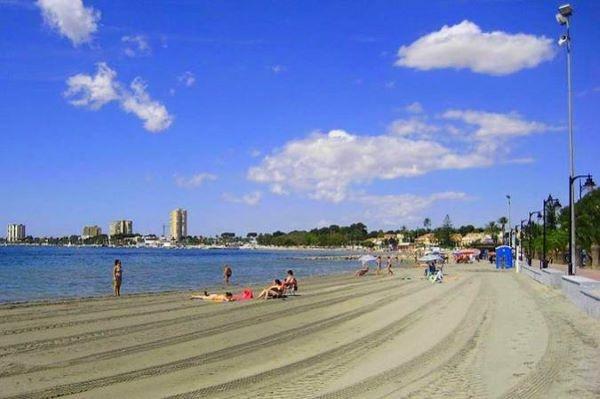
It's important to note that while many people find mud baths enjoyable and beneficial, individual experiences may vary. If you have any specific health concerns or conditions, it's advisable to consult with a healthcare professional before engaging in any therapeutic treatments.
There's a selection of nearby bars and restaurants to enjoy food and refreshments.
In addition to the mud baths, the Salinas y Arenales de San Pedro del Pinatar Regional Park offers other attractions, such as walking and cycling trails that allow visitors to explore the natural beauty of the area, including the salt flats and sand dunes. You can also find information centers within the park that provide educational information about the local ecosystem.
The lagoons are home to a diverse range of flora and fauna, including various bird species including flamingos.
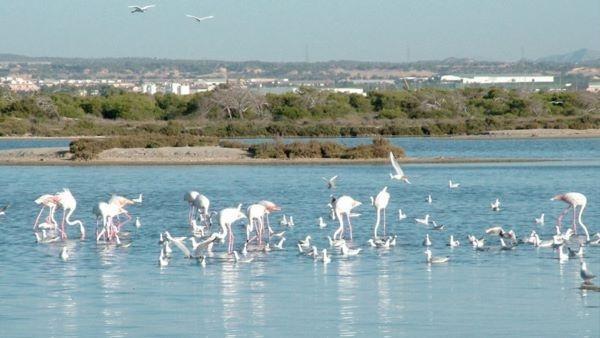
Birdwatchers often visit the area to observe migratory birds, especially during the spring and autumn seasons.
Lo Pagan itself has a beautiful beach, boulevard and small marina and some great little tapas bars, specialites in the area are salted tuna, gray mullet and Mar Menor prawns, the star dish to look out for is caldero, which is similar to a Valencian Paella.
Getting to the Mud baths from Benidorm
Sadly this area is quite difficult to get to from Benidorm and there are no regular excursions, the easiest way would be to hire a car.
Car - Driving distance from Benidorm is around 133km and would take about an hour and a half, they are easy to reach via the AP-7 (take exit for San Pedro del Pinitar ) or just follow the N 332 in the direction of San Pedro del Pinitar and at the roundabout take the exit to Lo Pagan.
Access to Las Charcas is FREE, and there is parking available nearby, however, the parking areas fill up early, especially during the summer months.
Bus - It is possible to get to Lo Pagan by bus from Benidorm - Bus from Benidorm to Murcia 1hr 45 mins, 12 - 28€, Murcia to Lo Pagan 1hr 20 mins, 4 to 13€ and then a 16 minute walk to the mud baths themselves.
or Bus from Benidorm to Alicante 45 mins, 7 - 11€, then bus to Pillar de la Horadada 2hrs 35 mins 5 - 7€ then bus from Pillar to Lo Pagan 10 mins 1€ and again walk to the mud baths.
Tram, Train and Bus - Tram from Benidorm to Alicante (Luceros) 1hr 16 mins, 3 - 6€, 6 mins walk to Alicante Termino to Balsicas-San Javier 11 - 16€, catch the bus at Balsicas-San Javier to Lo Pagan 29mins 1 - 3€, the mud baths are a 16 minute walk from the bus station.
The Mar Menor is the largest saltwater lagoon in Europe. It is approximately 170 square kilometers (66 square miles) in size, with a length of approximately 21 kilometers (13 miles) and a maximum width of 13 kilometers (8 miles). The lagoon is separated from the Mediterranean Sea by a narrow strip of land known as La Manga.
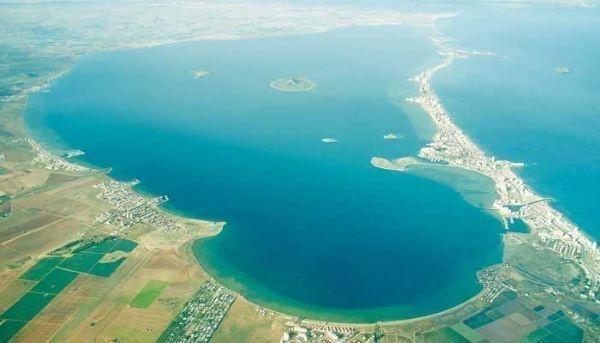
The Mar Menor's water has a high salt concentration, making it noticeably saltier than the nearby Mediterranean Sea. The lagoon is fed by several rivers and natural springs, and its shallow depth helps maintain the warm water temperature, especially during the summer months. The salinity and warm water make it a unique environment with its own ecosystem.
The Mar Menor's coastline features sandy beaches that are popular among tourists and locals. The warm, calm, and shallow waters of the lagoon make it suitable for swimming, water sports, and leisure activities. The area around the Mar Menor is also known for its tourist resorts, hotels, and restaurants.
Find lots of other places to visit in this section of the website.




